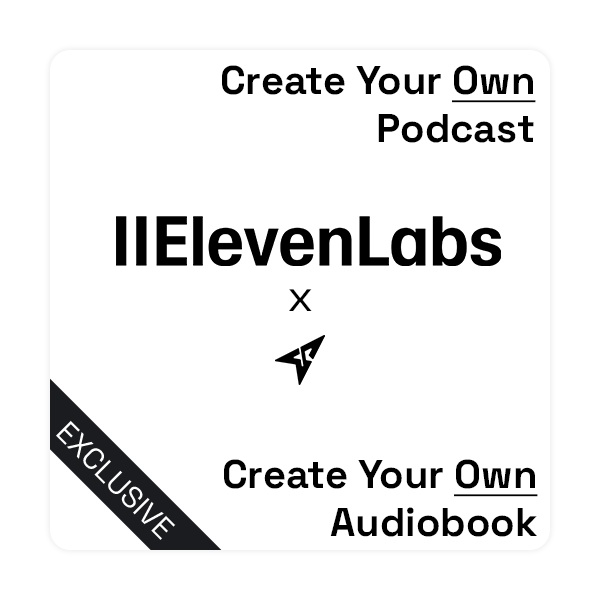Hello averstance community. This is Arabella. With me is Jessica
Hi, this is Jessica. We are going to talk about “Stick With It” by psychologist Sean Young.
And let me tell you, this one hit close to home. How many times have you sworn you're going to start exercising, or stop mindlessly scrolling on your phone, only to fall back into old habits a week later?
Ugh, please don't remind me of my graveyard of New Year's resolutions. But that's exactly what Young addresses. He argues that it’s not about a lack of willpower. It’s about not having the right process.
Exactly! The whole book is built around this idea that you don’t need to become a new person to change your habits; you just need a smarter, science-backed strategy. And he kicks it off with something he calls the “ABCs of behavior,” which I found super helpful.
Okay, break it down for us. ABCs?
So, ‘A' is for Automatic behaviors. These are the things we do without even thinking, like biting your nails or constantly interrupting people. You only realize you're doing it after the fact.
Oh, I'm definitely a nail-biter. I'll look down and, oops, disaster.
Right? Then ‘B' is for Burning behaviors. These are the ones where you feel this almost irresistible, compulsive urge. You're aware you're doing it, but you feel powerless to stop. Think checking your phone the second a notification pops up or the “just one more episode” trap on Netflix.
Guilty as charged on both counts. So what's ‘C'?
‘C' is for Common behaviors. These are the conscious choices where you know what you should do, like going to the gym or eating healthier, but you struggle with motivation and just choose the easier option, like lounging on the couch instead.
That makes so much sense. And Young says you need different strategies for each type, which is probably why my one-size-fits-all approach always fails.
Precisely. And this is where his main framework comes in, which he conveniently calls SCIENCE. It's an acronym for seven strategies.
I love a good acronym. Let's hear it.
Okay, so ‘S' is for Stepladders. This is about breaking down your huge, intimidating dreams—like “getting in shape”—into concrete goals and then into tiny, daily micro-steps.
So instead of “I want to run a marathon,” it's “This week, I'll put on my running shoes and walk for five minutes a day.”
You got it! Those small wins give you a dopamine hit that builds real momentum. The summary had this beautiful analogy to a landscape architect, Piet Oudolf, who designs these amazing gardens like the High Line in New York. He starts with a grand vision but breaks it down to the exact placement of each individual plant. It’s a process of small, persistent steps.
I love that. Okay, what's ‘C'?
‘C' is for Community. This is huge, especially for those ‘Common' behaviors. Being around people who normalize the behavior you want to adopt is incredibly powerful. It gives you accountability, role models, and support.
It’s why running clubs or book clubs actually work! You don't want to be the only one who doesn't show up.
Yes. Next is ‘I' for Important. This means connecting the change you want to make to your deep, core values, not just a superficial goal.
So instead of just “I want to lose 10 pounds,” it's “I want to have more energy to play with my kids, which is part of being a present and loving parent.”
Yes! That gives you the real fuel to push through when it gets tough. And that leads perfectly to ‘E' for Easy. Young says we are wired to follow the path of least resistance. So, design your environment to make good behaviors the easiest option.
Like putting your workout clothes right by your bed so you literally trip over them in the morning. Or meal prepping so a healthy dinner is easier than ordering takeout.
Couldn't have said it better. Okay, now we get to ‘N' for Neurohacks, which sounds super techy but is actually fascinating.
I’m intrigued. Lay it on me.
Young flips the script here. Instead of trying to change your mindset to change your behavior, he says you should change your behavior to change your mindset. A neurohack is a deliberate action that forces your brain to update your self-identity.
How does that work?
It creates cognitive dissonance. For example, if you see yourself as “not a public speaker” but you volunteer to lead a team meeting, your brain gets uncomfortable with the contradiction. To resolve it, it starts to update your self-image: “Huh, maybe I am someone who can lead.”
That is so cool. It’s like ‘fake it ‘til you make it,’ but with brain science to back it up. He mentions different kinds, right?
Yep! There are behavior neurohacks, like we just discussed, but also body movement hacks like a “power pose” before an interview , speech hacks like introducing yourself as a “runner” even if you've just started , and even thought hacks to break up old mental patterns.
Wow. Okay, we've got S-C-I-E-N… what’s the second ‘C'?
‘C' is for Captivating. This is about rewards. But not just any reward. The rewards have to be intrinsically motivating and connect to your psychological needs for things like autonomy, competence, or purpose.
So, not just “I'll give myself a cookie if I go to the gym.”
Right. The summary makes a great point that some rewards can actually be counterproductive. But a captivating reward might be buying yourself a new book on a topic you love to reward yourself for mastering a new work skill, reinforcing your identity as a capable person. Or a reward that actually takes you deeper into the habit, like a new yoga mat for a month of consistent practice.
That makes a huge difference. Okay, last one. ‘E'.
The final ‘E' is for Engraining. This is all about turning conscious actions into automatic habits through consistency and repetition. The key is consistency over intensity. Meditating for one minute every single day is more powerful for building a habit than one 30-minute session a week.
And that's where you use triggers, right? Linking a new habit to an old one, like doing five pushups right after you brush your teeth.
You are right. And you have to be patient. The summary notes it can take anywhere from 18 to over 250 days for a new habit to feel automatic, with the average being about 66 days.
That's a great reminder that it's a marathon, not a sprint. So, putting it all together, you first identify if your behavior is Automatic, Burning, or Common. Then you apply the right SCIENCE strategies.
Yep! For Automatic behaviors, you focus on making the habit harder to do—the ‘Ease' strategy—and ‘Engraining' a new habit. For Burning behaviors, it's the same primary combo. But for Common behaviors, the most powerful primary tool is ‘Community,' with all the others providing backup.
I feel like I have a new toolkit for my life. No more vague promises to myself! It’s about building a better process with stepladders, community, and neurohacks.
That’s the core of it. Lasting change isn't about magic or superhuman willpower. It's about understanding the science of how we work and being strategic. It's a much more compassionate—and effective—way to think about personal growth.
Well, that's all the time we have for today on “Averstance Take.” A huge thanks for tuning in.
Join us next time as we unpack another great book. Until then!
Once again this is Arabella and Jessica. Magnify the Unheard Voice and Assert Your Stand!









